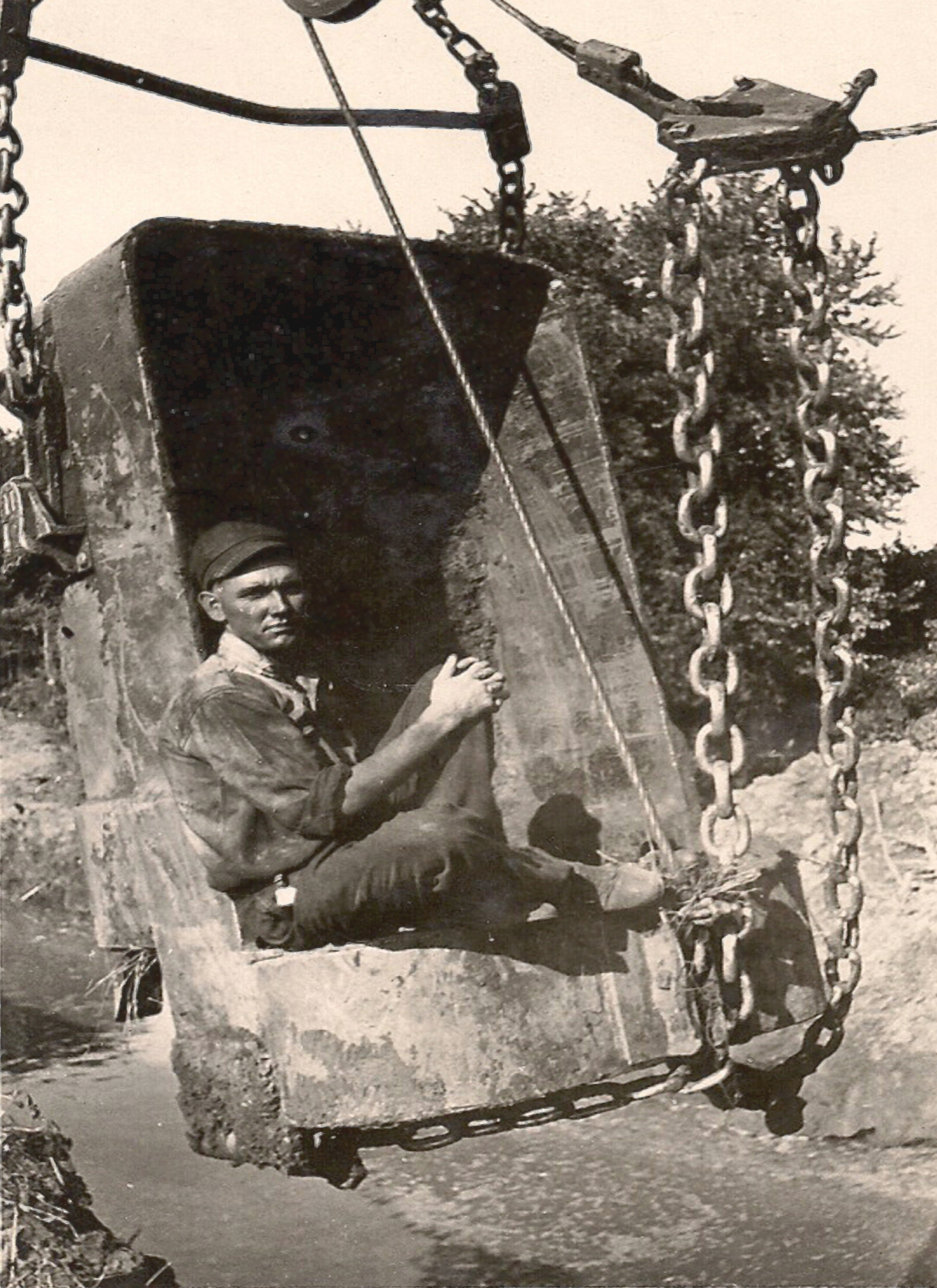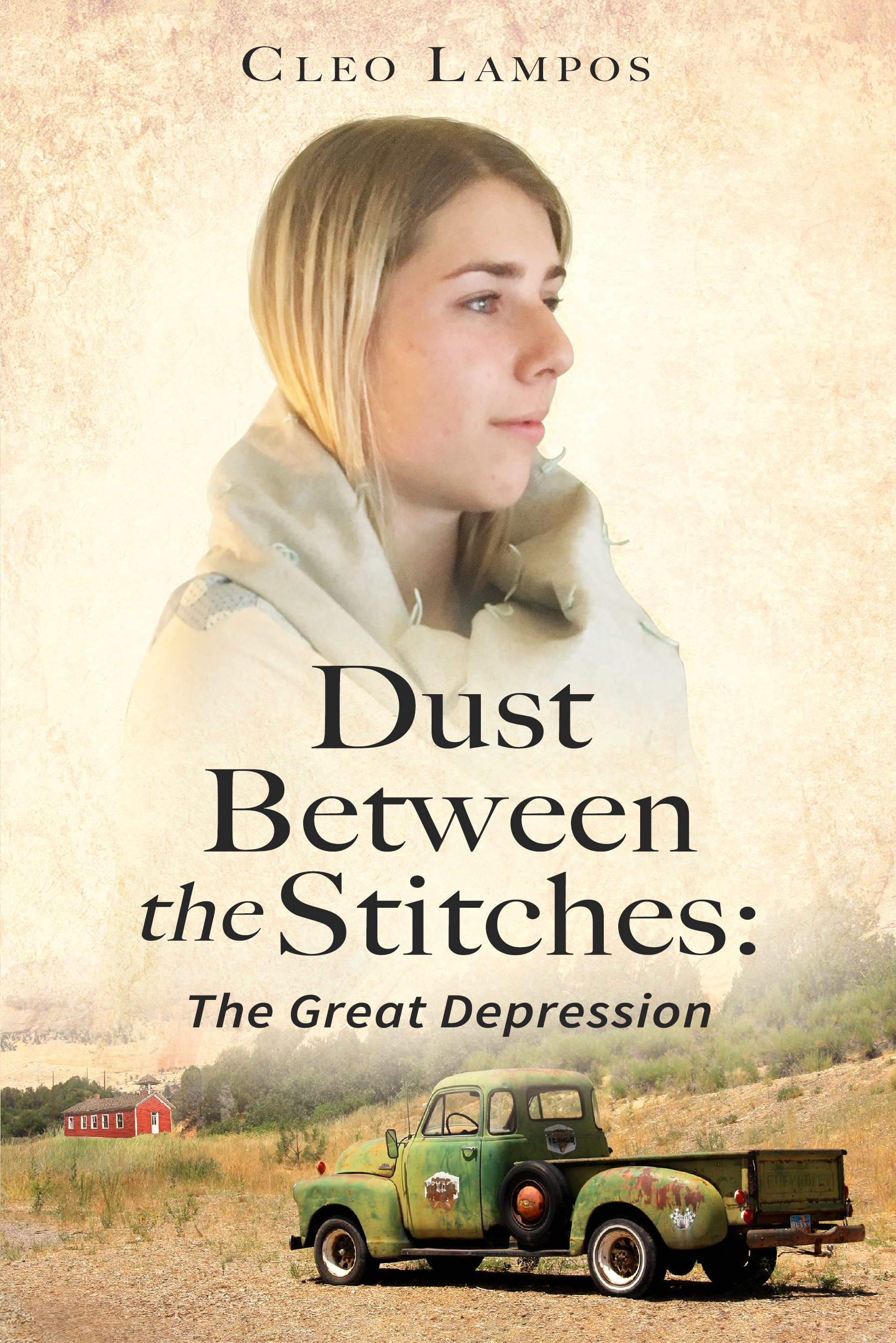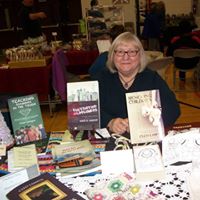Writing the Past: The Dust Bowl
Author Cleo Lampos visits with us today. I marvel at people surviving the Dust Bowl in the thirties, and Cleo’s parents did just that. During that time, people took whatever life gave them and did what they could to make ends meet. And Cleo has made this story from the Dust Bowl into a novel I’m looking forward to reading. She is offering a free book, e- or paperback, to one fortunate commenter. AuthoNow I’ll let her tell the story:
Blame it on the letters.
When my mother passed away, there was not much left of her earthly life. But a box of letters and journals came back to my home on the south side of Chicago. Too grieved to read them, they collected dust in the back of a closet until my age crossed the sixth decade. I decided to delve into my mother’s past.
Born in 1910, the oldest of eight children, Mom grew up on an Iowa farm and married my father in 1930. Just in time for the Great Depression. I can hear her now, saying, “Your father always had a job. We had food.” Times were tough.

My father dug irrigation ditches, spud cellars, or drainage ditches for highways. There are photos of him with his dragline surrounded by curious Lakota Indians. Because his work was location specific, the letters were addressed to 26 different addresses in Wyoming, Colorado and Utah in a five year period. The address to Greeley, Colorado remained for over twenty years because my big brother needed a permanent place to go to school. Many of the letters were those written by my mother to my grandmother as she described her life out West.
It was first hand historical information with a personal appeal. Especially all the entries in the journal in which my mother is making another quilt square. She describes how she obtained the scraps needed to make the square, and the design used. Much fabric was taken from the remnants of the feed bags that she utilized to create aprons, curtains, and pillowcases. My sister guards one of the quilts that she made during this period. Quilting became important to me because it represents the women of this era.
While living in tents, cabin camps and a small wooden trailer hitched behind the dragline, my mom and dad visited Hoovervilles. They bought trinkets created by desperate people etching out bare subsistence. My parents carried their young son to view the mountains, square dance with sheep herders, and hunker in during the Black Blizzards that terrified even the most devout. All of these stories were in the letters and the journals of my mother.
Researching the decade of the 1930s uncovered so much information about the people who would become the Greatest Generation. With this background and my own perspective from living, the historical novel, Dust Between the Stitches,was written. As I penned this work, the emotions of the men and women who faced daily challenges of food, shelter, foreclosure, and destitution forced me to think of how they would respond. Much of what I researched pointed to a generation that held tenaciously to a faith forged from the difficulties of life. It is that solid-rock faith that I hope comes through in my writing.

Bio: Cleo Lampos was born in Greeley, Colorado, but lives on the south side of Chicago. She graduated from the University of Wisconsin-Whitewater and from St. Xavier University-Chicago. After 26 years of teaching behavior disorder/emotionally disturbed students, she is retired with her husband, Vernon. Together they volunteer at the community pantry garden, and are urban farmers on their own city plot. Church and 11 grandchildren fill their lives with activities. Lampos has written numerous magazine articles, and seven books.

Contact Cleo at: FB: Author Cleo Lampos
Website: www.cleolampos.com
E-mail: cleolampos@gmail.com
